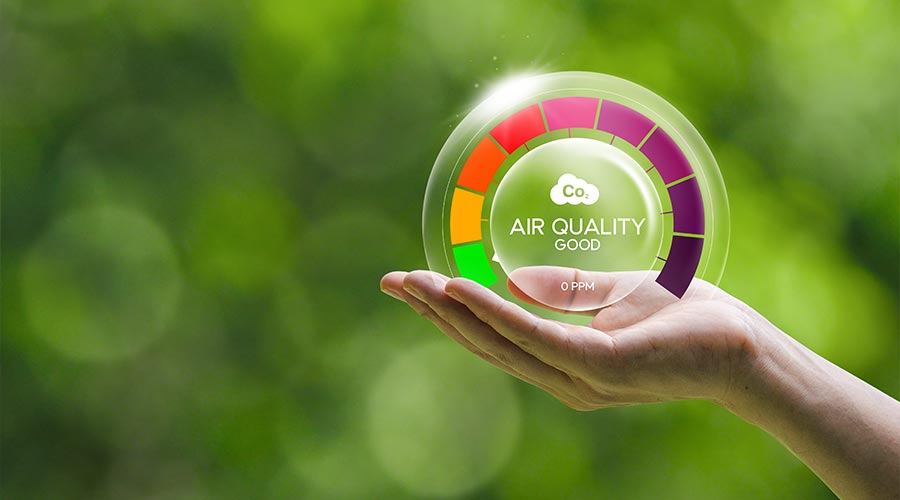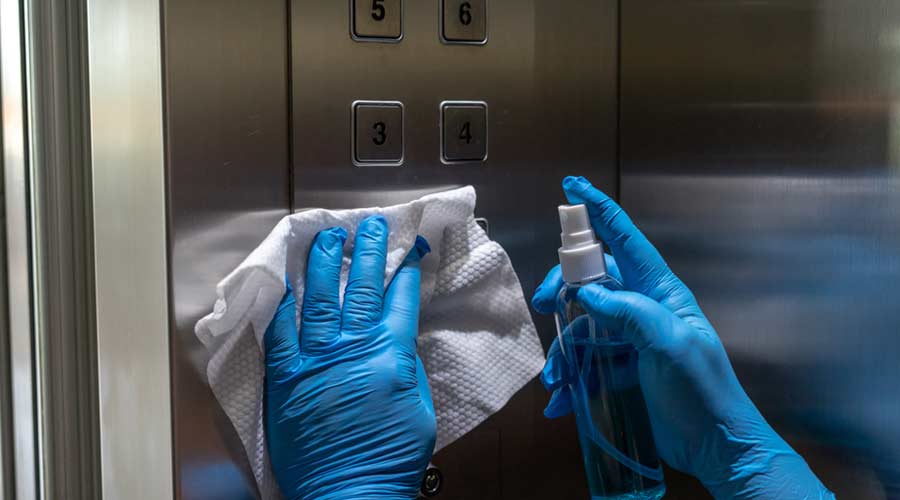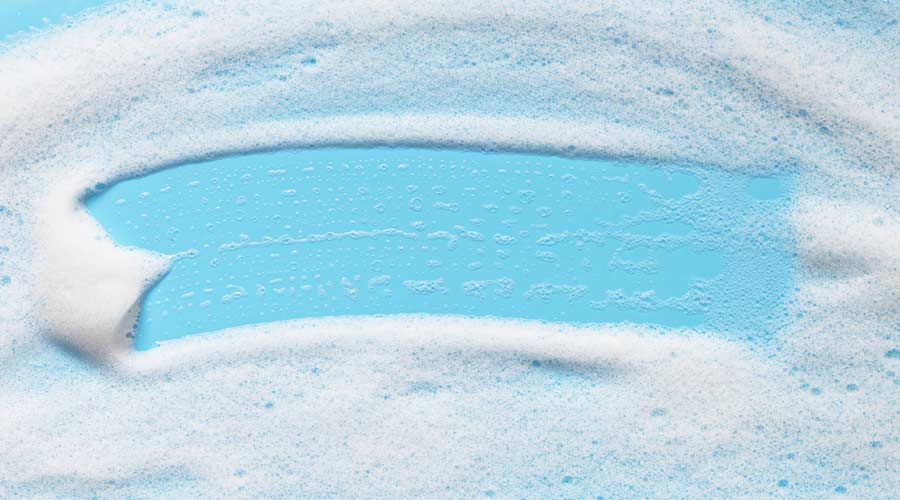
The global indoor air quality (IAQ) solution market size is estimated to grow by $13.9 billion from 2025-2029 at a compound annual growth rate (CAGR) of 6.9 percent, according to research from Technavio. New air quality product launches are driving market growth, with a trend towards technological advances in indoor air quality solutions. However, high competition among market vendors poses a challenge.
Market Drivers
Indoor Air Quality (IAQ) solutions have gained significant attention in various industries due to increasing awareness of the health risks associated with indoor pollution. HVAC systems with HEPA filters and IAQ management systems are popular solutions for maintaining good IAQ in buildings. Building automation and LEED, WELL Building Standards, and IAQM certifications are driving the market. Air pollution monitoring is crucial for identifying pollutant types such as chemical, physical, and biological pollutants. Public-private funding is fueling innovation in indoor monitors, portable air purifiers, humidifiers, ventilation systems, air filters, dehumidifiers, UV lamps, carbon monoxide alarms, and more.
Government buildings, industrial establishments, commercial establishments, and residential buildings all require IAQ solutions. Market trends include new equipment sales, service, and air quality sensors. Pollutant types include chemical pollutants from oil and gas, coal and mining, power and energy, general manufacturing, and schools and universities. Physical pollutants include particulate matter (PM), while biological pollutants include mold and bacteria. Ozone generators and air quality regulations are also part of the market landscape. Solutions cater to various sectors like residential (private homes, apartments), commercial (hospitality, retail, office buildings, hotels and restaurants, long-term care communities), and others.
Indoor air quality (IAQ) has emerged as a significant concern due to the increasing time spent indoors and rising pollution levels. According to recent studies, indoor air pollution is twice that of outdoor air, affecting nearly 90 percent of the global population. To address this issue, there is a growing demand for IAQ solutions from various industries. Technological advancements, such as IoT-based monitoring systems and real-time cyber-physical systems, have facilitated the installation of IAQ systems in homes, schools, offices, and factories. Additionally, the manufacturing sector and power plants are investing in Industry 4.0-related IAQ solutions to prioritize employee health.
Moreover, portable indoor air quality monitors are gaining popularity in the market, offering users the ability to monitor air quality in real-time and take necessary actions to maintain optimal IAQ levels. Overall, the IAQ solution market is expected to grow significantly due to these factors.
Market Challenges
IAQ is a significant concern for various sectors including government buildings, industrial establishments, commercial establishments, residential buildings, and private homes. HVAC systems, a common source of IAQ issues, require regular maintenance and upgrades.
Solutions like HEPA filters, IAQ management systems, building automation, and LEED, WELL Building Standards, and IAQM certifications are essential. Indoor monitors, including portable ones, help detect pollutants such as chemical, physical, and biological pollutants. Air pollution monitoring is crucial for identifying and addressing sources of indoor air pollution. Public-private funding and government regulations are driving the market for IAQ solutions. IAQ challenges vary by sector. For instance, oil and gas, coal and mining, power and energy, and chemical industries face unique challenges. Solutions include air purifiers, humidifiers, ventilation systems, air filters, dehumidifiers, ultraviolet (UV) lamps, carbon monoxide alarms, and new equipment. Air quality sensors, measuring pollutants like Particulate Matter (PM), are essential for effective IAQ management. Ozone generators and air quality regulations are other key market drivers.
The Indoor Air Quality (IAQ) solution market faces intense competition due to the presence of numerous local and international vendors. This fragmented vendor landscape poses challenges for global players looking to maintain their market position. Local vendors offer affordable indoor air quality solutions and equipment, such as air filters, air purifiers, and humidifiers, forcing global vendors to match their pricing. This price war adversely impacts the market growth for high-end indoor air quality solutions, equipment, and services.
Read more on the growing IAQ market here.

 The Down and Dirty on Cleaning in Virus Season
The Down and Dirty on Cleaning in Virus Season How Surfactant Use is Expanding in Commercial Cleaning
How Surfactant Use is Expanding in Commercial Cleaning Maximize Your Margins: Learn How to Automate Pricing and Track Rebates
Maximize Your Margins: Learn How to Automate Pricing and Track Rebates